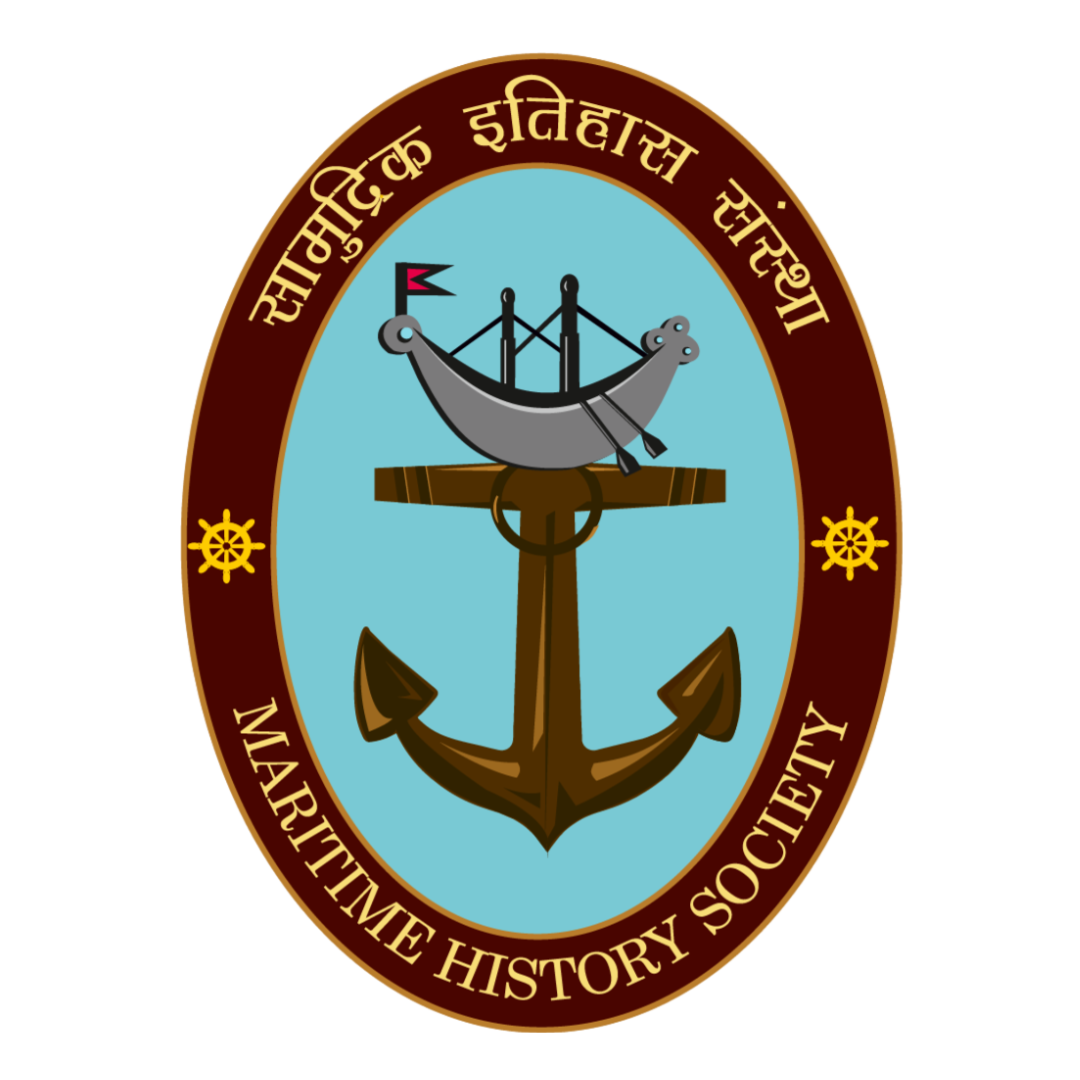Figure 1 Jahanara Source: https://en.wikipedia.org/wiki/Jahanara_Begum#/media/File:Princess_Jahanara_aged_18,_British_Library,_Add_Or_3129,_f.13v.jpg
In the previous two segments, we have read about Mariam-uz-Zamani and Nur Jahan’s maritime pursuits. While Mariam-uz-Zamani had to struggle to navigate her path in maritime ventures, Nur Jahan, on the other hand, played her cards well. With a political acumen and a vision for economic success, she managed to pull off her maritime enterprise smoothly without a glitch. In this last and final piece of the Trilogy- Mughal women in maritime trade, we read about Shahzaadi Jahanara, popularly known as Begam Saheb (Princess of Princesses).
The eldest daughter of the most celebrated royalty Emperor Shah Jahan and Empress Mumtaz Mahal, Princess Jahanara was the only royal Mughal princess actively involved in the ins and outs of trade and commerce which contributed largely towards the Mughal economy.
Like her predecessor Nur Jahan, Jahanara also built Sarais, which was a roadside inn for the exchange of goods usually found alongside major trade routes. Her Sarais were known as Begam Saheb or Begam Sarai. Situated in Delhi, these Sarais were visited by foreign travelers like Manucci, Bernier, Tavernier, Thevenot who mention them in their travelogues. The Begam Sarai was said to be meant only for the rich Usbek, Persian and other foreign merchants. These Sarais encouraged foreign merchants to conduct trade with different places through Delhi.[1] The Jagirs owned by Jahanara were Panipat, Achchol, Bachchol, Safipur, Dohraha, and Farjahara. The revenues that these Jagirs generated were utilized for the infrastructure of the gardens and expenditure of the entire household. [2]
Jahanara owned a large number of ships which she used for trade and hajj pilgrimages. She maintained friendly commercial relations with the English and the Dutch, which helped carry extensive foreign trade incurring huge profits. Venetian traveler Manucci who was in the Mughal court during the same time estimated that Jahanara’s income was thirty lakh rupees a year apart from the precious stones and jewels owned by her.[3] The most famous and largest ship that Jahanara owned was the Sahebi, named after the popular title of Jahanara herself, Begam Saheb. The construction of the ships was looked after by Jahanara Begam at Surat, which was also from where her ships operated. The captain, crew and officials of the ship were appointed by the Emperor, but Jahanara appointed the captain for her ship known as the Darogha.[4] Sahebi took pilgrims on hajj to Mecca and Medina, no fare was charged from the pilgrims. Merchants who travelled with their freight on the ship paid duty for their goods which were given away in alms. The ships carried goods worth rupees ten to fifteen thousand from Surat to Jeddah. The captain was instructed to carry as many horses he could procure back to India from Jeddah. The Sahebi operated from 1643 AD to 1663 AD under Begam Saheb’s colours. Jahanara also gifted Emperor Shah Jahan a ship named Gunjawar in 1629 AD, fitted with all instruments including valuables, drugs, etc. [5]
She created avenues for retail and sale of produce that was imported and exported from the markets of Mughal India. Two such famous market places of the time constructed by Jahanara were in Delhi and Lahore. The Chowk Sarai Bazar in Lahore and Chandni Chowk in Delhi became important commercial centres of trade where merchants from foreign lands would come to trade. During the Mughal time, Chandni Chowk was a famous and flourishing trade centre with each shop specializing in a specific commodity. There were shops that sold jewellery with rare gems and pearls while other shops sold fruits from Afghanistan and Kashgar. Some shops also sold fine wine and ornamented hookah. There were particular shops that sold exotic animals as well. These shops were frequented by the rich nobles which helped in earning revenue for the state.[6]
Jahanara carried the legacy of her predecessors Mariam-uz-Zamani and Nurjahan and magnified it manifold. She owned ships under her colours and created infrastructural avenues for the barter of trade produce, thus regulating the system of commerce. This was all possible because she was highly educated and skilled in diplomatic negotiations while inheriting great power conferred to her on being the daughter of the Mughal Emperor Shah Jahan. This combination helped her etch her mark in history and play a larger and more effective role than her predecessors.
[1] Mukherjee, Soma. Royal Mughal ladies and their contributions. India: Gyan Publishing House, 2001. p 242.
[2] Ibid p 243.
[3] Manucci, Niccolao. Storia Do Mogor; Or, Mogul India 1653-1708 (Volume I). India: Alpha Editions, 2020. p 216.
[4] Shireen Moosvi, Mughal Shipping in Surat in the First Half of 17th Century, Proceedings of the Indian Historical Congress, 51st Session (Calcutta: 1990), pp 312,313.
[5] Ibid p 311.
[6] Dayal, Maheshwar. Rediscovering Delhi: The Story of Shahjahanabad. India: S. Chand, 1975. p 15, 16.




0 Comments